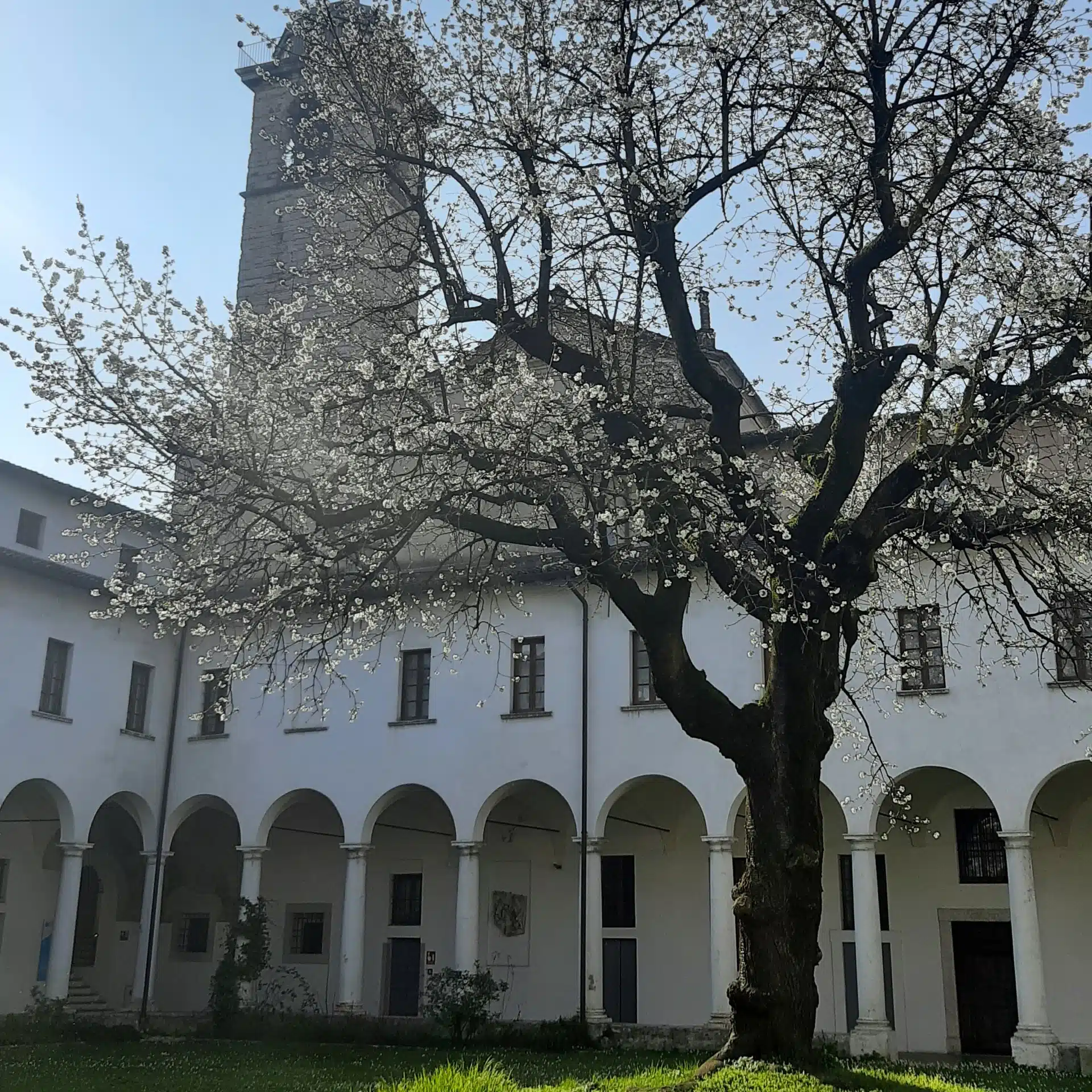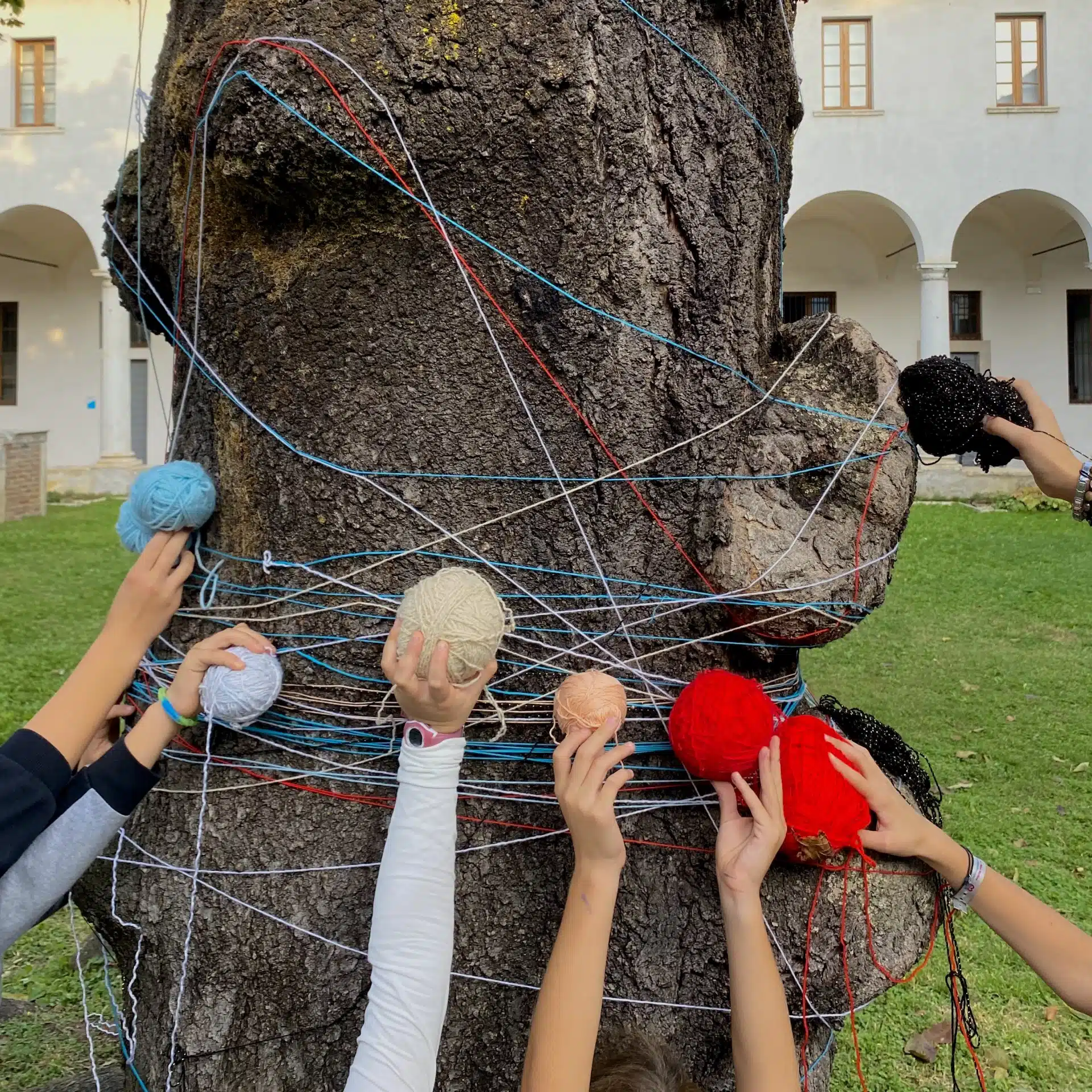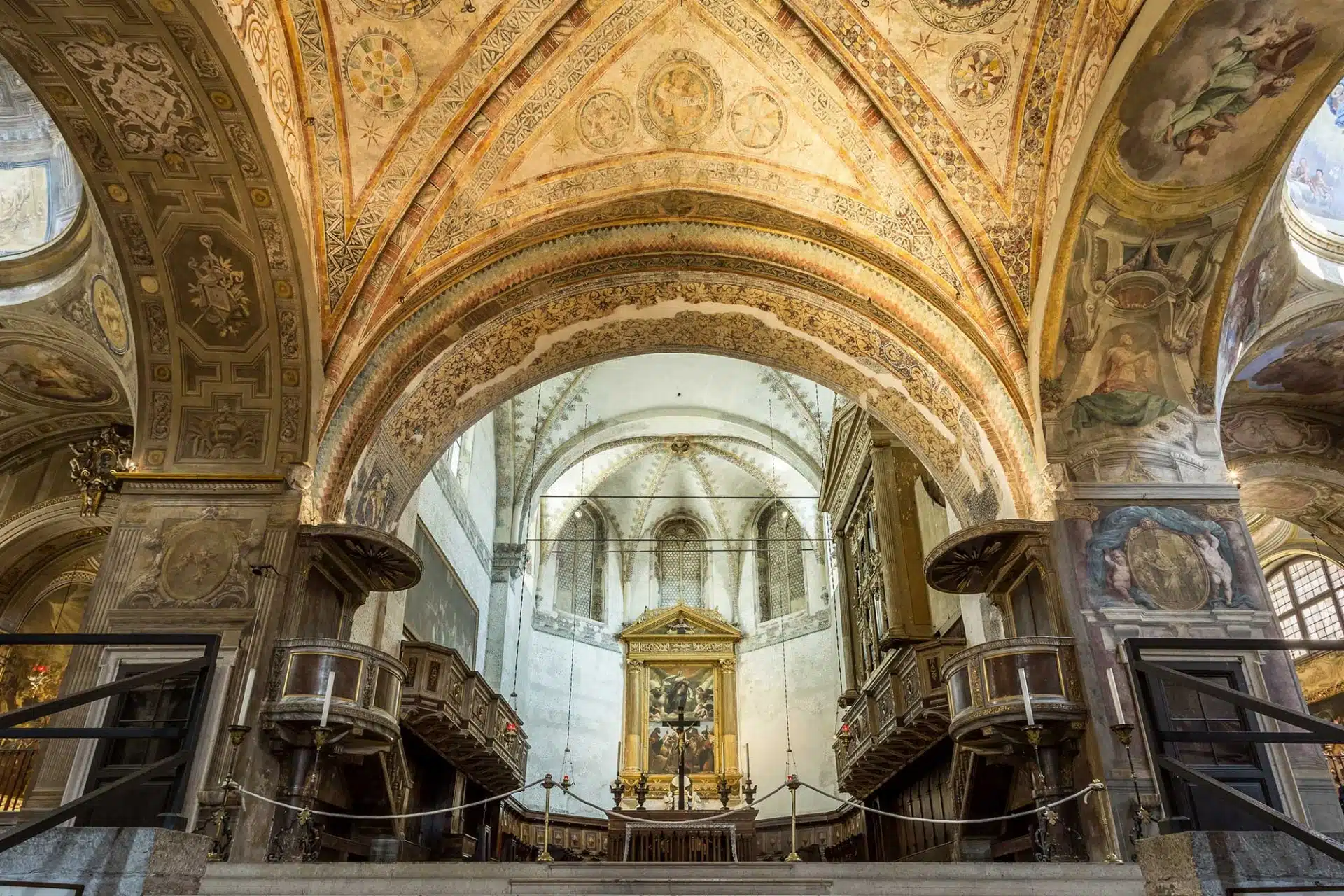Annunciazione delle Porte Regali
Autore: Anonimo Tempera su tavola - 60 x 73 cm Provenienza: Museo Diocesano di Brescia - Collezione privata Don Guido Zupelli
Le due tavole formano un unico racconto tratto dal Vangelo di Luca: l’Annunciazione a Maria da parte dell’Arcangelo Gabriele.
È uno dei soggetti più antichi e rappresentati nella storia dell’arte: compariva già nel III secolo nelle catacombe di Priscilla a Roma.
La festa liturgica dell’Annunciazione fu introdotta il secolo successivo e fissata al 25 marzo. È la festa della gioia, che traspare dalle parole dell’arcangelo: «Tu concepirai nel grembo e partorirai un figlio, e lo chiamerai Gesù».
Gli unici due protagonisti dell’episodio sono rappresentati separatamente. Gabriele è nella tavola sinistra e reca nella mano un giglio, simbolo di purezza.
Maria compare in quella di destra mentre accoglie rispettosamente l’annuncio dell’angelo, perché ne ha riconosciuto la natura divina. È vestita di un manto rosso, riferimento al Protovangelo di Giacomo dove si narra che, al momento dell’Annunciazione, Maria stesse filando la porpora per il velo del Tempio.
Le pose, i gesti e gli sguardi dei due personaggi sono molto discreti e misurati, a sottolineare la solennità e l’importanza del momento. La gioia viene espressa dai colori: l’oro delle aureole e l’azzurro dello sfondo, tipicamente usato nelle icone russe del XVIII secolo.
Nel programma teologico dell’iconostasi, il tema dell’Annunciazione di Maria era destinato alle porte regali poste al centro del tramezzo.
Tali porte rappresentano il passaggio tra il mondo terreno dei fedeli e quello ultraterreno simboleggiato dall’altare. Le potevano attraversare soltanto i celebranti, durante la liturgia.
Per questo motivo, al tema dell’Annunciazione si associavano spesso altre tavole con gli Evangelisti, i Profeti e l’episodio dell’Ultima Cena. Grazie a questo attento programma, il fedele poteva rivivere il Mistero dell’Incarnazione di Cristo e partecipare alla Liturgia. È chiaro dunque che queste due tavole dell’Annunciazione di Maria facessero parte di una porta regale di una qualche iconostasi.








